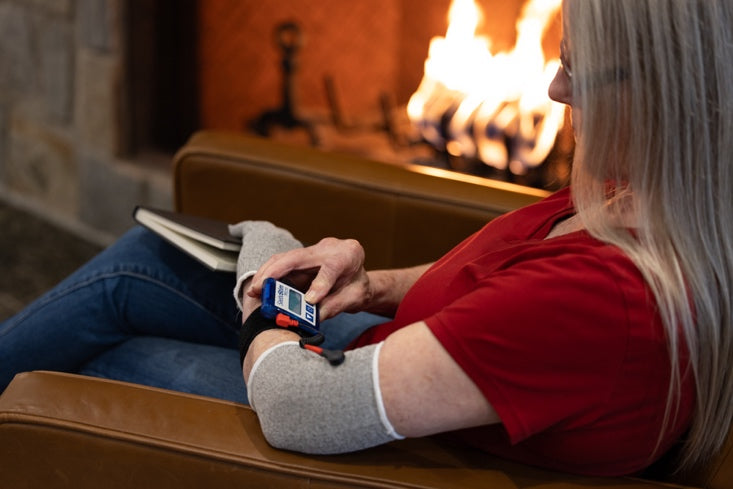
Stroke recovery stops after six months.
Fact: Recovery can continue for years due to neuroplasticity. Progress may slow but does not stop with continued therapy and practice.

If you’ve had one stroke, you can’t prevent another.
Fact: Lifestyle changes, medication, and medical interventions can significantly reduce the risk of recurrent strokes.

You can’t regain function once it's lost.
Fact: Many stroke survivors regain movement and abilities through rehabilitation, assistive technology, and consistent exercise.

If therapy hasn’t worked by now, it never will.
Fact: Recovery timelines vary. Some individuals make breakthroughs months or even years after their stroke.

Only older adults have strokes.
Fact: While stroke risk increases with age, strokes can and do happen to young adults and even children.

Neuro technology devices are only for severe cases.
Fact: Devices like Saebo’s rehabilitation tools help a wide range of stroke survivors, from mild to severe cases.

Once muscle spasticity sets in, it’s permanent.
Fact: Spasticity can be managed and improved with neuroplasticity-based therapy, stretching, and rehabilitation tools.

Rehabilitation is only effective in a clinical setting.
Fact: At-home therapy and rehab tools can be just as crucial for long-term recovery.




